From the wondrous library of Jeremy Beadle. and signed by him in pencil, is a copy of The Book of Total Snobbery(1989) compiled by Lynne and Graham Jones.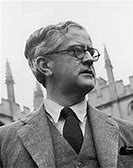
Mr Beadle has littered the text with various dates, but if the date ( 5 DEC 1906) alongside snobbish remarks made by the popular historian and alleged ‘ poet ‘ A.L Rowse refers to the Oxford don’s date of birth, it is wrong by several years. Be that as it may, Mr Beadle seems to have been amused or even shocked by what he read of Rowse.
It may be true, as the compilers and Rowse himself admitted, that someof his snobbish remarks were deliberately provocative, but what is not true is that the historian was’ a nice old bean ‘. To some, including the late Brian Aldiss, who was a very nice and generous person, he was one of the more repulsive dons that he had to deal with while working as a bookseller’s assistant (see The Brightfount Diaries) in Oxford during the fifties. The Jones’s confirm as much. Rowse—at one time a Labour supporter it must be stressed—always held the common man in contempt:
‘I have genius ‘, he once remarked, ‘ordinary human beings are bloody idiots ‘. On another occasion he told a reporter from the Times‘ There’s the paradox, dear, not only am I first rate, I am an enormous best-seller as well ‘. And there’s more:
‘I don’t live my life among ordinary human fools. I really am the most colossal highbrow, my dear. I’m hardly human, you know’
‘My real mission in life is to teach clods to use their brains’
‘I’m really rather fortified by my contempt for contemporary society. I’m happy working creatively for myself. I’m not interested in what third-raters think of them’
‘The truth is that ordinary people are incapable of working without direction’.
The rather ironic aspect of all this is how the academic historians at Oxford felt about Rowse’s writings. Many devalued his work as being too ‘ popular ‘.
Incidentally, Rowse’s snobbery even extended to inhabitants of his native county. In a letter to me he argued that the acclaimed poet and critic Geoffrey Grigson wasn’t Cornish, despite being born in Pelynt, near Looe. He didn’t have Cornish blood, you see. It is true that both Grigson’s parents came from East Anglia, but you try telling someone born in Yorkshire that because his parents ( or one parent) hailed from, say Derbyshire, that he was by virtue of this, no Yorkshireman.
R.M.Healey


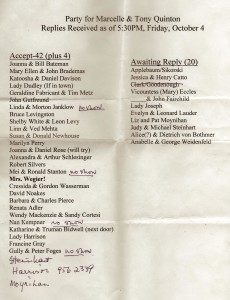 Found among papers at Jot HQ ( heaven knows where it came from ) is this printed list of the good and great ( some not so good) who were invited by a friend or friends to attend a party for the philosopher (Lord)
Found among papers at Jot HQ ( heaven knows where it came from ) is this printed list of the good and great ( some not so good) who were invited by a friend or friends to attend a party for the philosopher (Lord) 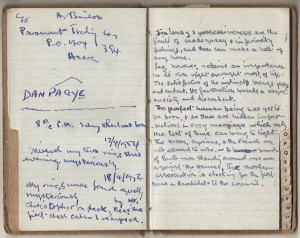 This fragmentary, though fascinating Diary, that occupies a section of a tiny Address Book, was found in the Jot HQ archives. It records a visit to west Africa in the first few months of 1954 by an anonymous male diarist whose remark that Africa’s dry season of Harmattan was ‘our winter ‘ suggests that he may have been a native African or have had African heritage. He also mentions visiting his mother in Ghana. Moreover, a solo entry in the Address Book dated two years before the Diary mentions ‘ English lessons ‘, and the erratic spelling and awkward grammar of the Diary entries are also strongly suggestive.
This fragmentary, though fascinating Diary, that occupies a section of a tiny Address Book, was found in the Jot HQ archives. It records a visit to west Africa in the first few months of 1954 by an anonymous male diarist whose remark that Africa’s dry season of Harmattan was ‘our winter ‘ suggests that he may have been a native African or have had African heritage. He also mentions visiting his mother in Ghana. Moreover, a solo entry in the Address Book dated two years before the Diary mentions ‘ English lessons ‘, and the erratic spelling and awkward grammar of the Diary entries are also strongly suggestive.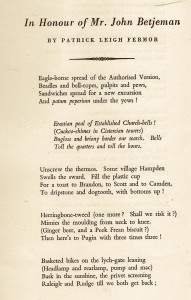

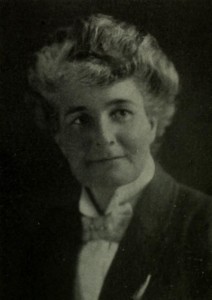
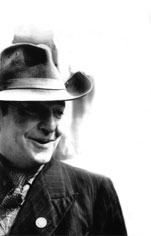

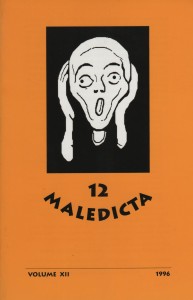
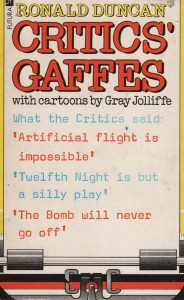 hilarious and sometimes shocking anthology, Critics’ Gaffes (1983), come from critics who supposedly know what they’re talking about. Others are the judgements of those who haven’t a clue. Perhaps Geoffrey Grigson nailed it when he described the romantic novelist and radio presenter Melvyn Bragg as ‘a media mediocrity who couldn’t tell good literature from old gym shoes.’ Mind you, like the stopped clock which tells the right time twice a day, a few of the following verdicts have the ring of truth.
hilarious and sometimes shocking anthology, Critics’ Gaffes (1983), come from critics who supposedly know what they’re talking about. Others are the judgements of those who haven’t a clue. Perhaps Geoffrey Grigson nailed it when he described the romantic novelist and radio presenter Melvyn Bragg as ‘a media mediocrity who couldn’t tell good literature from old gym shoes.’ Mind you, like the stopped clock which tells the right time twice a day, a few of the following verdicts have the ring of truth.
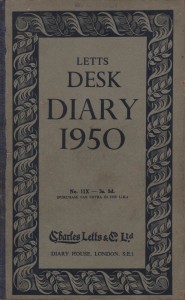

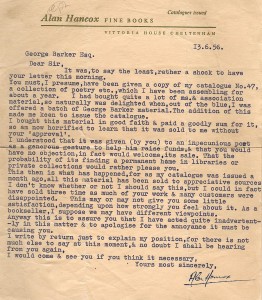
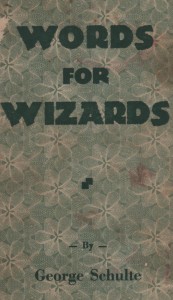
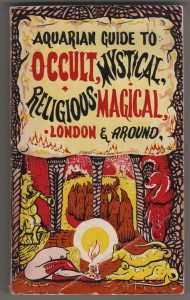
 This is a paperback published in California and written by two American stand up comedians, John Carfi and Cliff Carle, of ‘ funny ‘ messages that could be left on answering machines. It appeared in 1983, which means that quite a few of the jokes might not be acceptable in the more PC climate of 2018.
This is a paperback published in California and written by two American stand up comedians, John Carfi and Cliff Carle, of ‘ funny ‘ messages that could be left on answering machines. It appeared in 1983, which means that quite a few of the jokes might not be acceptable in the more PC climate of 2018.
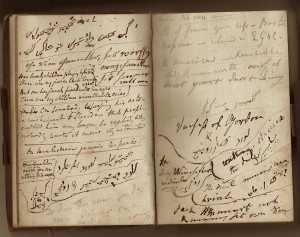 The front part is a short record of travels in Germany and Belgium in which the anonymous male diarist, who is accompanying his mother, at one point tells us that he was born in 1802, is very scathing about the appearance of most of his travelling companions. In one instance he remarks that the young son of the parson in the party ‘seemed to be as ugly as his father and as vulgar as his cousin’. He is singularly unimpressed by most of the foreigners he encounters along the way. For instance, he notes that his fellow diners at the Table d’Hote, were ‘12 disgusting looking Germans who luckily eat enormously & spoke little ‘. The following evening diners at the same table were’ rather more disgusting in their appearance & manner of eating than the day before ‘. Predictably, he is also critical of the meals he is obliged to eat and the inns that serve and accommodate him. In one inn he accuses the landlord of serving him a dish of greyhound puppy. Our diarist certainly places himself above the common lot. He seems knowledgeable about art and is a little snooty regarding the collections he views, suspecting that most of the paintings were copies from the masters. More positively, he is often ecstatic about the scenery and buildings he encounters and he particularly praises cathedrals and castles. We yearn for more, but unfortunately, the diary stops abruptly after thirty pages.
The front part is a short record of travels in Germany and Belgium in which the anonymous male diarist, who is accompanying his mother, at one point tells us that he was born in 1802, is very scathing about the appearance of most of his travelling companions. In one instance he remarks that the young son of the parson in the party ‘seemed to be as ugly as his father and as vulgar as his cousin’. He is singularly unimpressed by most of the foreigners he encounters along the way. For instance, he notes that his fellow diners at the Table d’Hote, were ‘12 disgusting looking Germans who luckily eat enormously & spoke little ‘. The following evening diners at the same table were’ rather more disgusting in their appearance & manner of eating than the day before ‘. Predictably, he is also critical of the meals he is obliged to eat and the inns that serve and accommodate him. In one inn he accuses the landlord of serving him a dish of greyhound puppy. Our diarist certainly places himself above the common lot. He seems knowledgeable about art and is a little snooty regarding the collections he views, suspecting that most of the paintings were copies from the masters. More positively, he is often ecstatic about the scenery and buildings he encounters and he particularly praises cathedrals and castles. We yearn for more, but unfortunately, the diary stops abruptly after thirty pages.